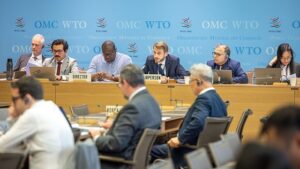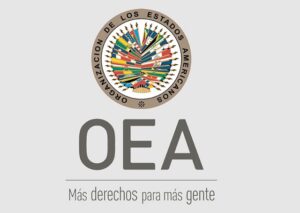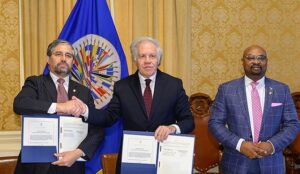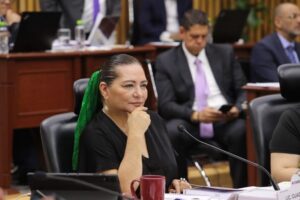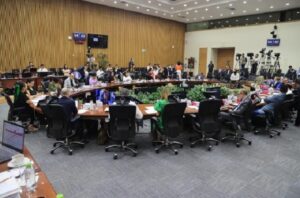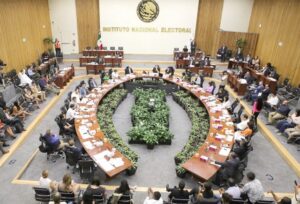10 things about the crisis in north-eastern #Nigeria
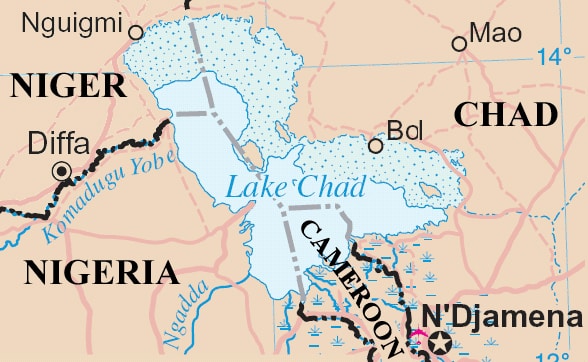
The humanitarian crisis in north-eastern Nigeria has intensified after eight years of violent conflict. The crisis has evolved over the years leading to widespread displacement and devastation as well as acute food and nutrition insecurity and a desperate shortage of essential health care.

North-eastern Nigeria is at the heart of the larger Lake Chad Basin crisis (north-eastern Nigeria, northern Cameroon, western Chad and south-east Niger), which affects some 17 million people. WHO and partners are seeking to help 8.2 million people with health assistance across the region.

With less than half of its health facilities functional, Borno is the worst affected of the states in north-eastern Nigeria. Working with the Nigerian Government, WHO assessed the state’s 749 known health facilities and found that one-third were completely destroyed and another third were damaged. Of the health facilities that still function, 60% are supported by one or more of the 18 health sector partners.

24 mobile medical teams supported by WHO are deployed to the most remote and insecure parts of Borno State to provide urgently needed essential health care. The teams carry out more than 4000 consultations each week, including immunization, ante-natal care and testing and treatment of malaria. The teams respond to the movements of internally displaced persons and areas lacking health facilities to try and bring health services to those who need them most. 79 additional mobile teams are run by other health partners.

In Borno State, 160 health facilities use the WHO disease Early Warning Alert and Response System (EWARS). WHO has trained hundreds of health facility surveillance focal points to use EWARS since August 2016, enabling rapid detection and response to public health outbreaks for around 85% of the state’s 1.8 million internally displaced persons.

Millions of people in Borno State have had limited or no access to regular health services over a number of years, leading to very low vaccination rates. The ongoing movement of internally displaced people also makes it difficult to track those who have or have not been immunized. WHO supported a measles vaccination campaign in January 2017 which reached nearly 3 million children. Polio is still endemic in Nigeria, but WHO and its partners have vaccinated over 1.8 million children under five against the disease in a continued effort to eradicate it.
- Millions of children to receive measles vaccine in north-eastern Nigeria
- Government of Nigeria reports 2 wild polio cases, first since July 2014
- Polio programme underpinning measles campaign in Nigeria

WHO has supported the training and deployment of almost 300 community workers. These volunteers provide essential malaria, diarrhoea and acute respiratory infection treatment to children under 5 in some of the most inaccessible areas of Borno state where formal health care structures are not functioning.
However, in 2017…

Constant conflict continues to challenge the abilities of WHO and health sector partners to access people who are most in need of basic health services. Insecurity is a major constraint, with recent attacks on humanitarian staff. Access to local government areas requires military escort on poor roads and communication with many of these areas is extremely limited.

Disease outbreaks will pose a greater threat as temperatures continue to rise over the coming weeks and months. The start of the rainy season in April will further heighten the risk of cholera and meningitis epidemics and cases of malaria, which has become endemic in the north-east of the country, are also expected to rise.

Malnutrition rates are well above emergency thresholds in many parts of north-eastern Nigeria. The need for food assistance is likely to increase even further next month when stores from last year’s poor harvest run out. According to the Nigeria-National Nutrition and Health Survey (NNHS-2015), 2.6 % of children aged 6-59 months in Borno State have Severe Acute Malnutrition (SAM). UNICEF warns of an estimated 450 000 child SAM cases in 3 states of the north-east in the next 12 months.

A constant threat of insecurity keeps people on the move. Eight years of conflict has forced more than 2.3 million people to flee their homes throughout the Lake Chad Region, sometimes multiple times. With a population in flux, it is difficult to ensure that people have regular access to the basic health services they need.
- Nigeria crisis
- Nigeria Emergency Response Plan 2017
- Lake Chad Basin Emergency Response Plan 2017
- Infographic: Health system in north-eastern Nigeria
pdf, 2.12Mb
Information from WHO

